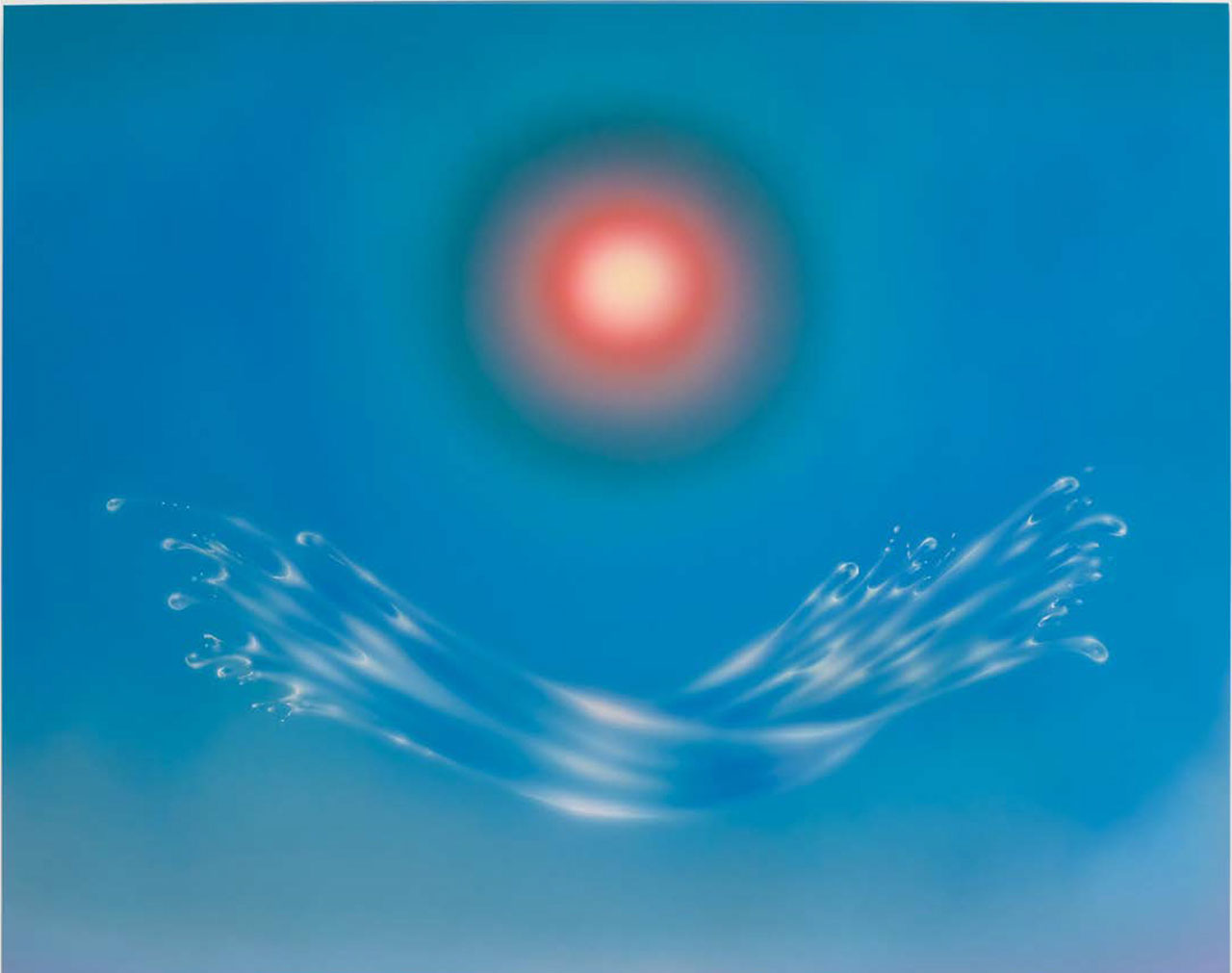PRESENTATION: Technostalgia
The group exhibition “Technostalgia”, in New York, showcases the works of eight international artists. The term “Technostalgia” delves into the technological and industrial aesthetics from bygone eras, each artist offering their distinct artistic visions. Contemporary artists have increasingly embraced Post-Internet aesthetics, a trend often observed amid significant industrial and technological shifts.
By Dimitris Lempesis
Photo: Allouche Gallery Archive
The participating artists to “Technostalgia” engage in a multifaceted dialogue: they respond to, reflect upon, or even diverge from the pervasive influence of the Internet in its current iteration. It’s become a liberatory practice to create imagery that demands meticulous dedication, effort, and time, prompting viewers to immerse themselves in the intricacies of artwork that evoke technology without being constrained by it. London-based painter Aysha Nagieva’s nostalgic impulses are rooted in her post-Soviet childhood toys, colloquially named Russian dolls, but also known as Nevalyashka dolls. In painting these toys over and over again, Nagieva is imbuing the mundane with symbolic significance. Using these childhood toys as surrogates for self-portraiture, Nagieva is able to delve deeper into her own memories. Her portraits highlight the vulnerability of the Nevalyashka dolls, which can dent, scratch, and deflate, mirroring the often imperfect and sentimental nature of memories. Similarly inspired by childhood memories, Oakland based artist Landon Pointer invites viewers into intimately rendered scenes whether joyful, somber, or both. His work explores the experience of Black boyhood and the intimacy of community, presenting deeply personal subject matter. Pointer’s compositions often blend archival photography, snapshots from friends Online, and his own family photos. Through the blended use of acrylic, oil, spray paint, graphite and oil pastels, Pointer creates a collage-like effect, reflecting the often chaotic and choppy feelings associated with his childhood. Canadian artist Christina Allan transports viewers to otherworldly dimensions through her intricate paintings and multimedia works. Drawing inspiration from digital renderings, Allan combines traditional painting techniques, airbrush, and digital design to create vibrant compositions that oscillate between the cosmic and the personal. Her bold use of color and otherworldly subjects blur the boundaries between the digital and physical realms, inviting viewers to explore the intersections of technology and existentialism. Similarly inspired by digital design, Arkansas based Jonathan Edlehuber’s aesthetic—flat, layered, and colorful— is both a direct influence from his early graphic design roots and from the artists that proceeded him. His meticulous process of adding colorful layer after layer, is in direct reference to the modernist motifs of Picasso and Matisse filtered through a pop sensibility borrowed from comics and cartoons. Edlehuber’s work thus reflects the evolution of these ubiquitous visual motifs as they continue to be studied, referenced, and reproduced. Shuhua Xiong, originally from Baoding, China, embraces a subtly nostalgic palette to evoke intangible emotions through serene illustrations. Utilizing airbrushing techniques, Xiong’s works exude a sense of warmth and softness, reminiscent of old-school computer graphics. Her ethereal compositions invite viewers into a world of sentimental tranquility, exploring the pathos of longing with delicate precision. Artist Gao Hang (originally from Baoding, China and currently residing in Houston, Texas,) also uses a precise airbrush technique, but to a different effect. His work is inspired by early digital mockups, employing primarily neon and fluorescent colors. Hang’s pieces, both representational and abstract, are inspired by 3D modeling and graphic rendering in computer games over the last 20 years. Through his highly geometrical figures, Hang humorously reflects on how the computerized graphics of a particular period can quickly be perceived as naive and antiquated as the digital image continues to rapidly evolve and self-perfect. In a different vain, Mallorca-based artist Bel Fullana’s distinctive style–characterized by a faux-naif aesthetic rooted in early feminine Internet subcultures–invites viewers to contemplate the fine line between femininity and ferality. Fulanna’s female figures are neither soft nor particularly nurturing, instead they are crass and unapologetic; they wield weapons, smoke cigarettes, ride motorbikes, and lounge with techno tigers. Her transgressive work is in constant contradiction, possessing the true spirit of the Cyborg a la Donna Harraway: a utopian tool to defy the stifling taxonomies that have defined modern female subjectivity. Polish-Thai artist Oh de Laval similarly celebrates rebellion and hedonism, delving into the transformative power of pleasure and deviance. Her lush landscapes and playful figures evoke a sense of fantasy and frivolity, suggesting that the sensual and the macabre are intimately linked. Drawing inspiration from her background in industrial design, Laval’s subjects are depicted with thick, visceral strokes, often set in ornate, Rococo-like interiors. Her work harkens back to a time before the Internet sublimated libidinous impulse; her pinkish, sexy illustrative figures engage in activities like driving, kissing, killing, and eating, (sometimes all at once). Laval’s work invites a return to baseness, pleasure, instinct, and impulse, urging viewers to live moment-to-moment.
Participating Artists: Christina Allan, Jonathan Edelhuber, Bel Fullana, Gao Hang, Oh De Laval, Aysha Nagieva, Landon Pointer and Shuhua Xiong
Photo: Shuhua Xiong, Auguries of Innocence, Acrylic and oil on canvas, 60 x 48 inches
Info: Allouche Gallery, 77 Mercer St, Soho, New Yrok, NY, USA, Duration: 11/6-11/7/2024, Days & Hours: Mon-Sat 10:30-18:00, Sun 11;00-18:00, \www.allouchegallery.com/



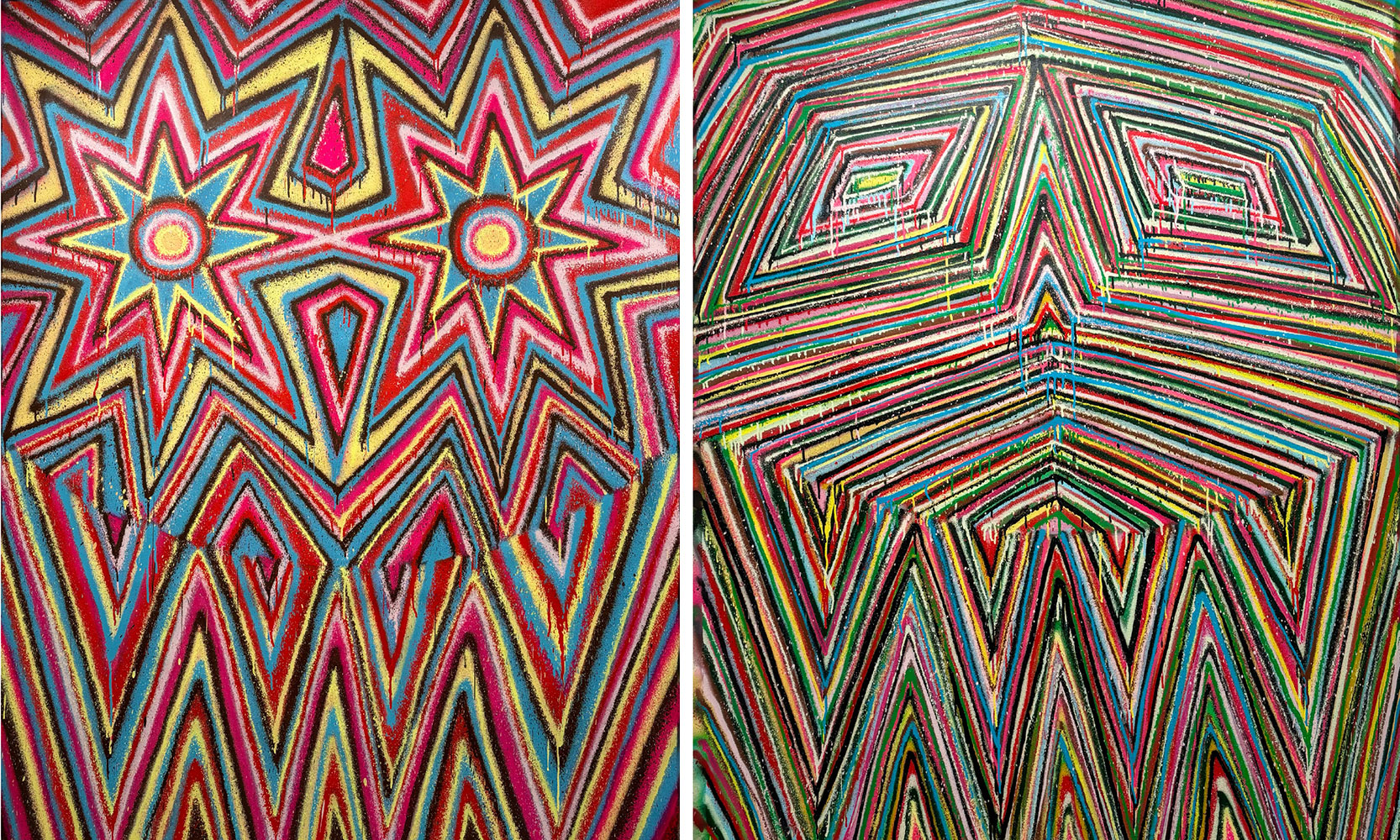
Right: Jonathan Edelhuber, TY #1, Acrylic and spray paint on canvas, 60 x 48 inches, Courtesy the artist and Allouche Gallery
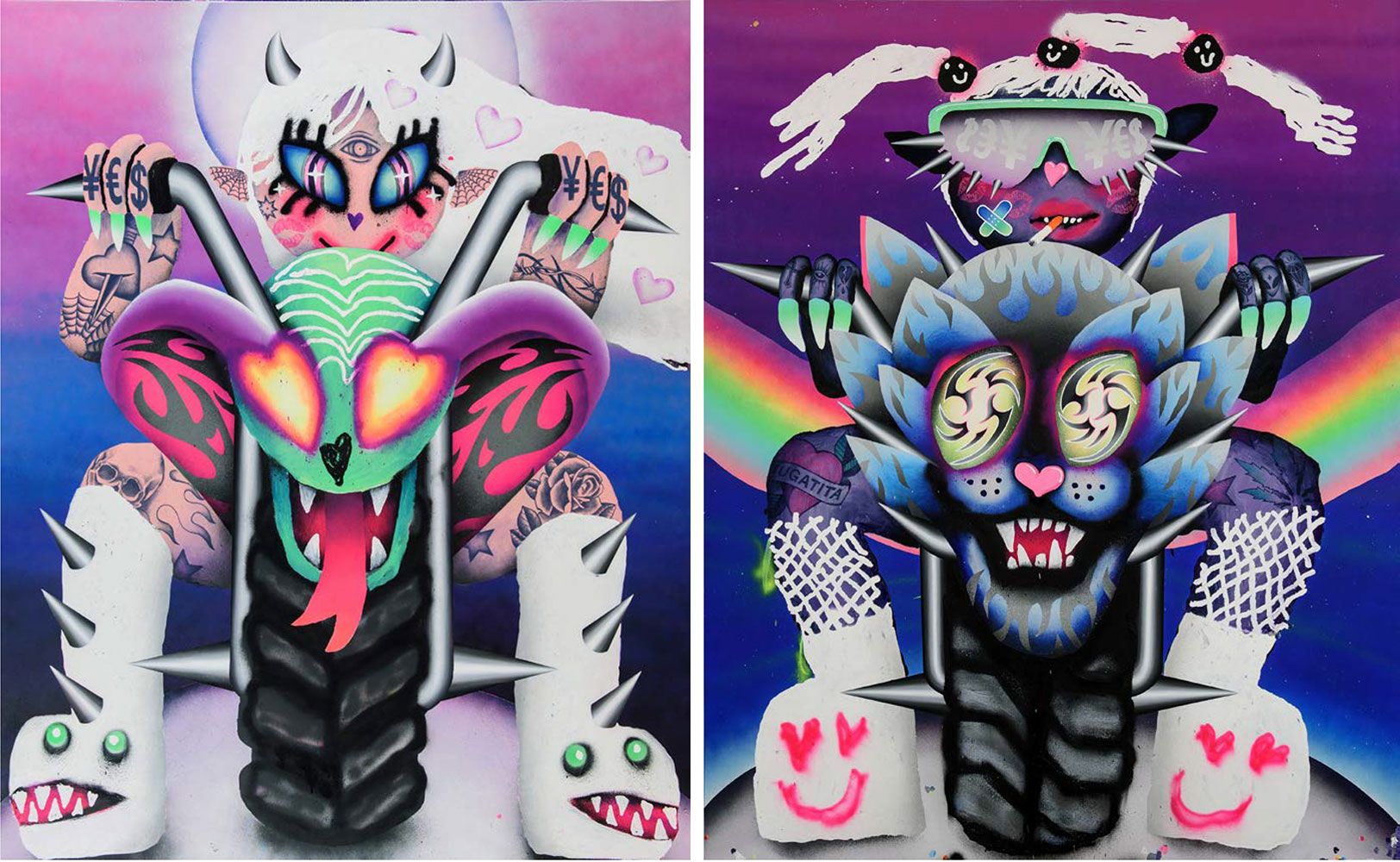
Right: Bel Fullana, Tiger Sky Ride, Oil, acrylic, spray paint on canvas, 63.77 x 51.18 inches, Courtesy the artist and Allouche Gallery
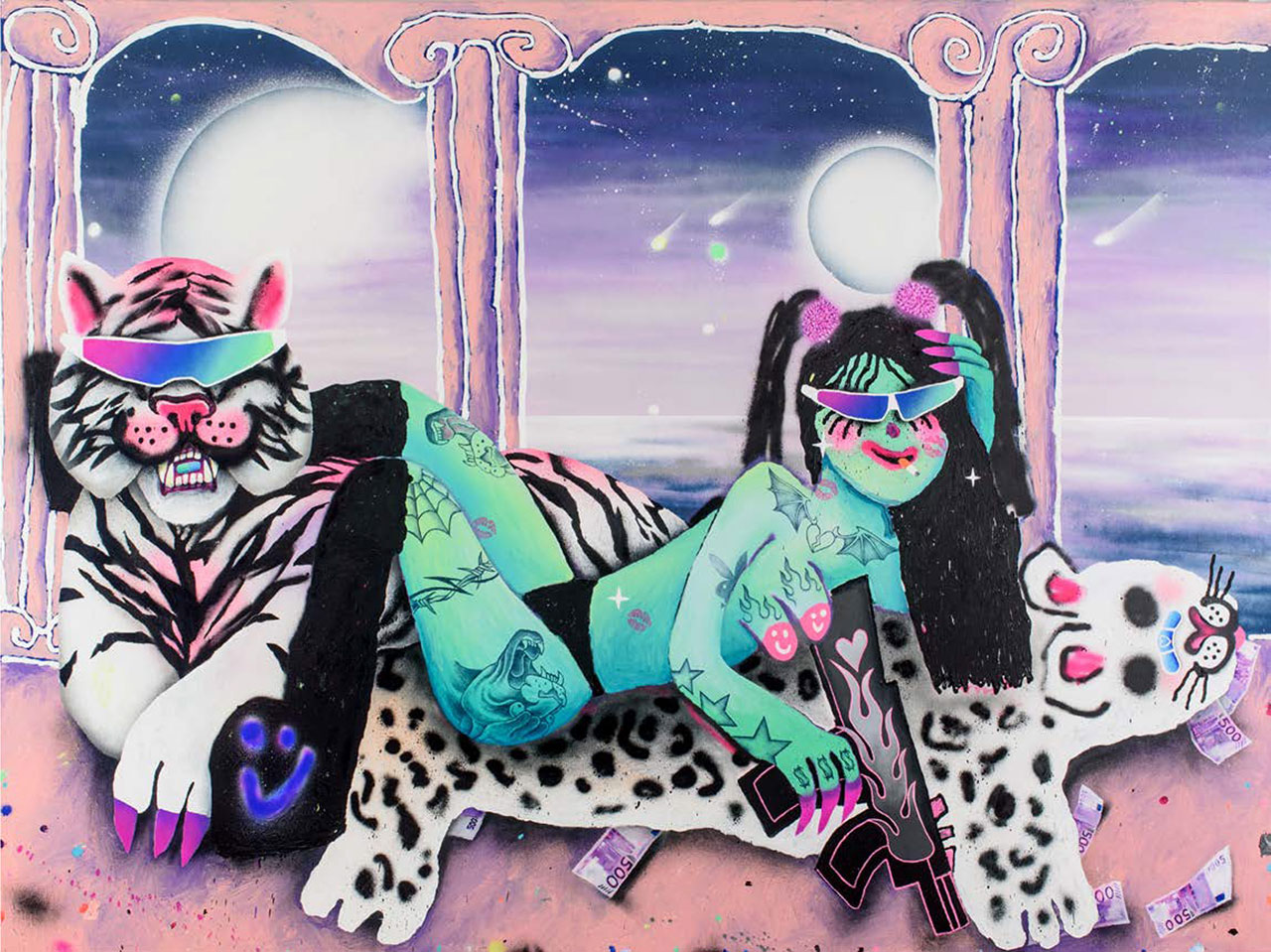
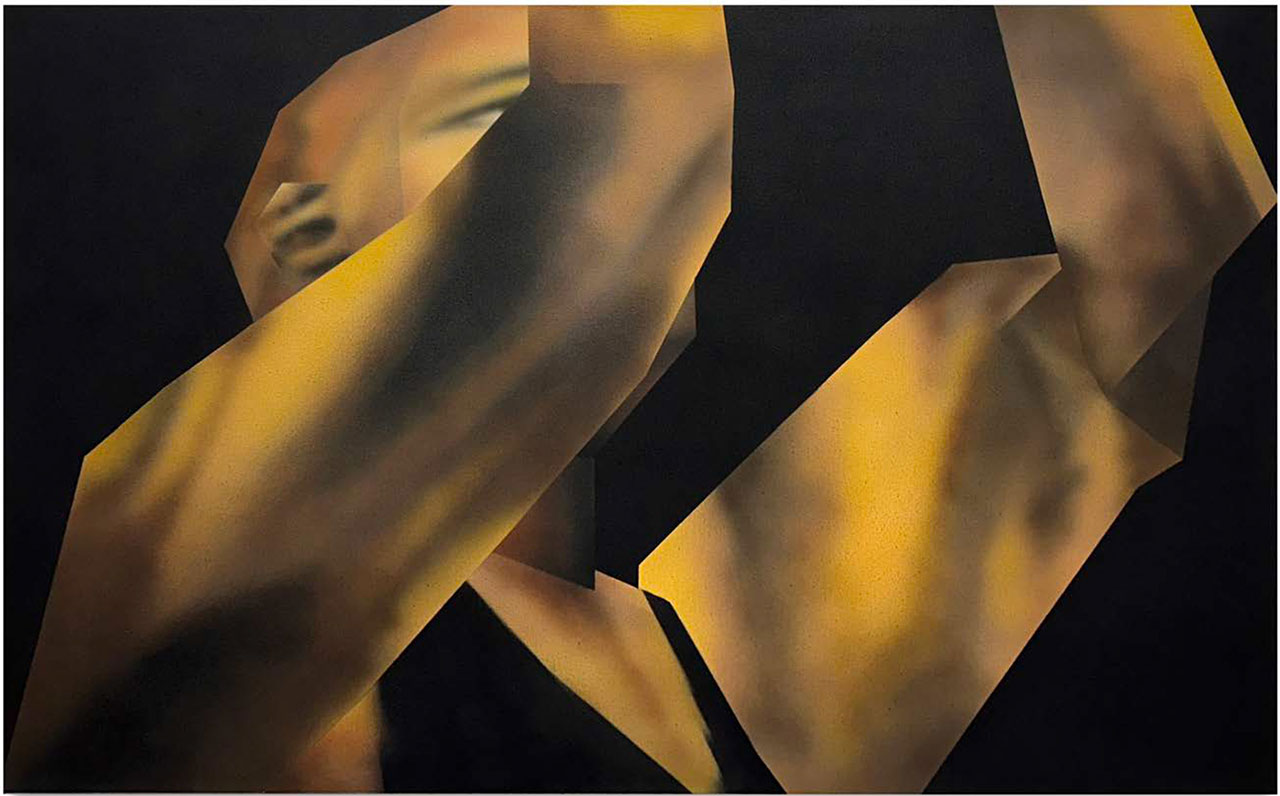
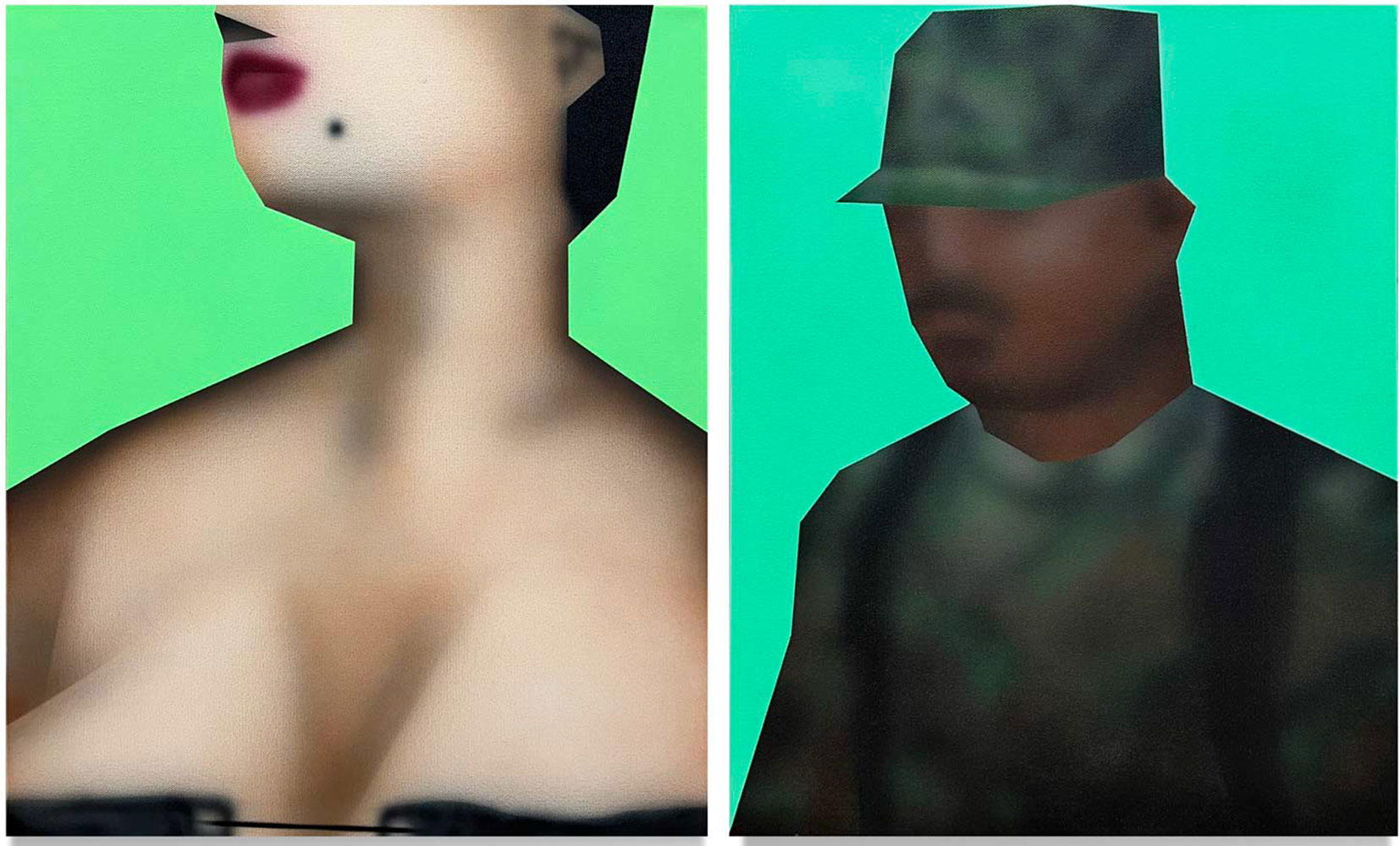
Right: Gao Hang, Backlight Soldier, Acrylic on canvas, 20 x 16 inches, Courtesy the artist and Allouche Gallery
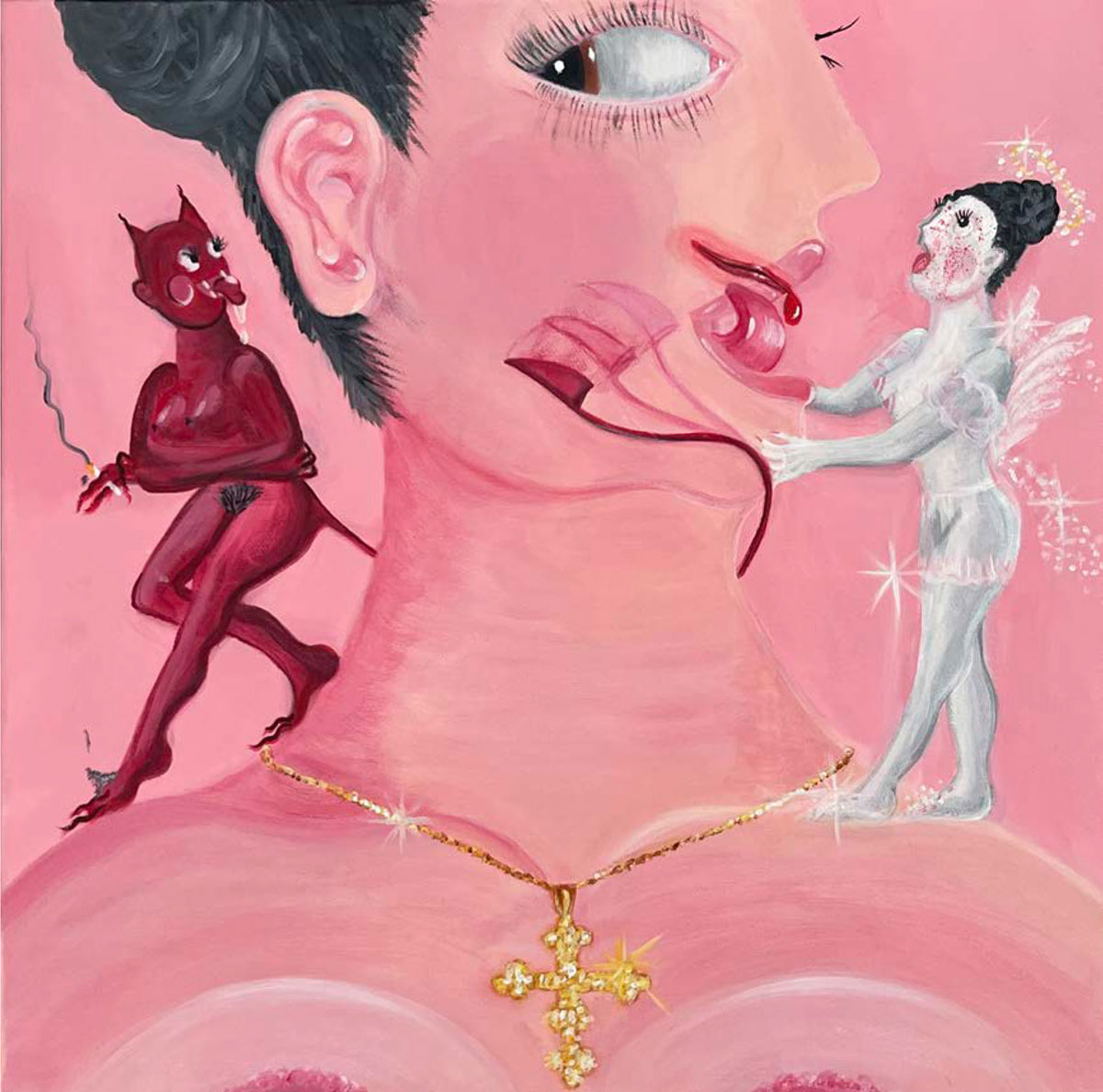
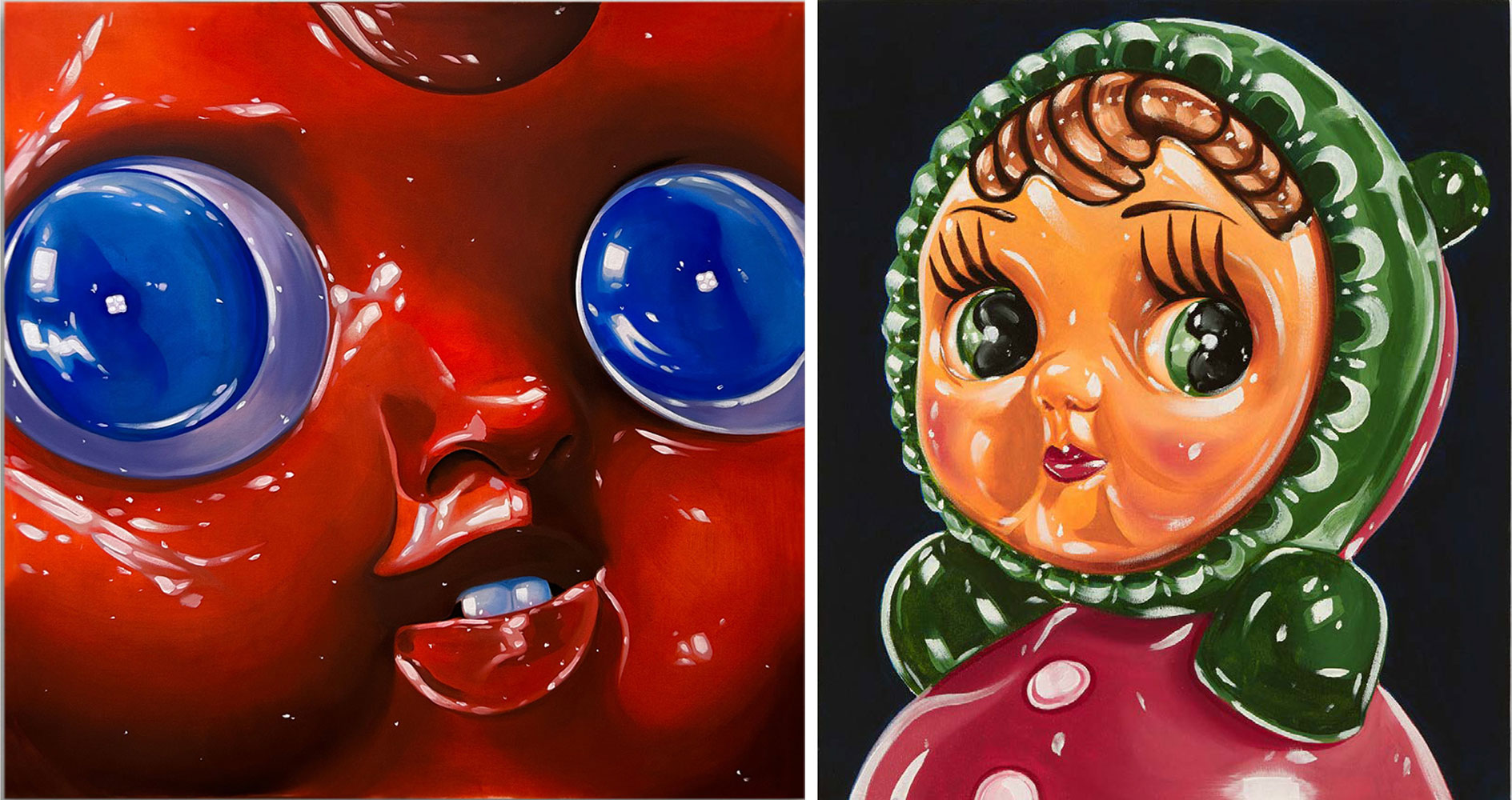
Right: Aysha Nagieva, A Crush II, Oil on canvas, 18.9 x 16.1 inches, Courtesy the artist and Allouche Gallery

